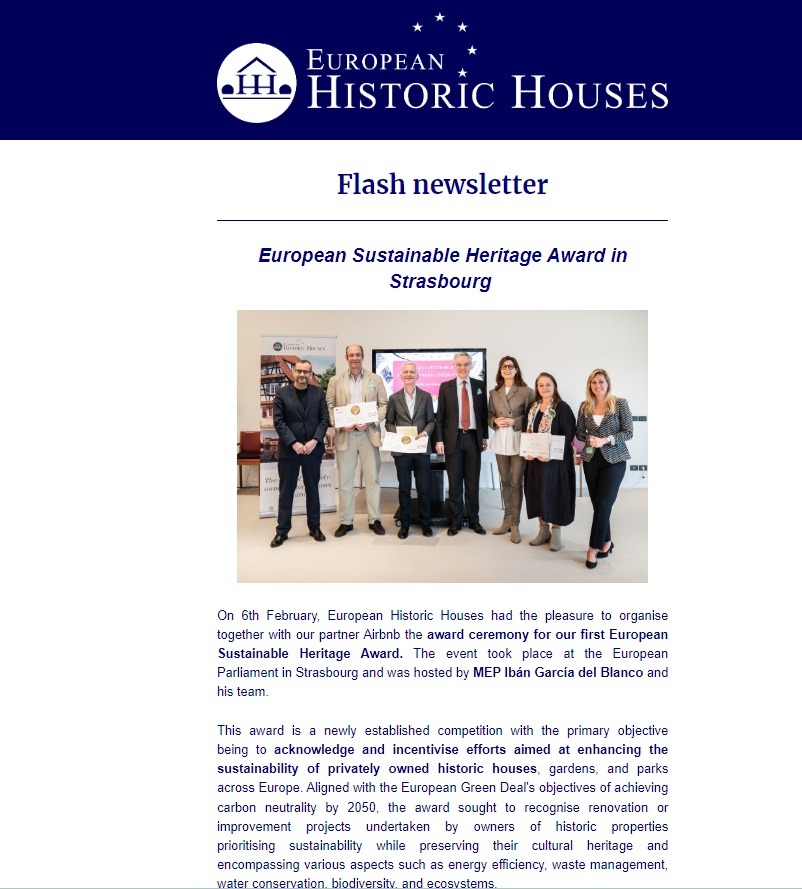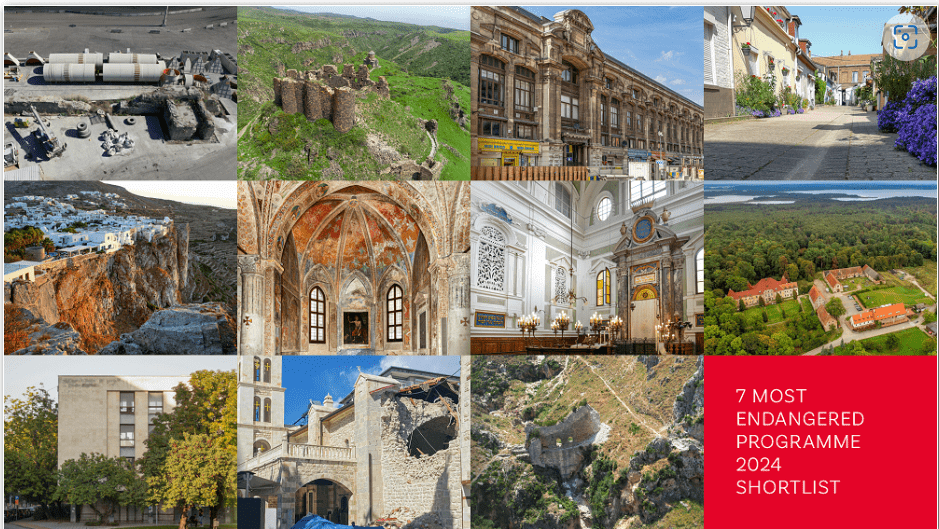Apply by 22 April 2024
Europa Nostra, the largest European network of heritage organisations, Tășuleasa Social and Asociația Monumentum, both winners of the European Heritage Awards / Europa Nostra Awards, will organise the second edition of the European Heritage Youth Residencies from 27 June until 3 July 2024 in Romania.
Around 15 young heritage stakeholders will be selected to come together to discuss heritage and sustainable tourism. Participants will partake in hiking and other hands-on heritage activities, and will collaborate on lasting resources for other heritage professionals and students.

The European Heritage Youth Residency 2024 is an opportunity for students, professionals and heritage stakeholders to see first-hand how heritage policies and projects around sustainable tourism have been successfully implemented. This includes the Via Transilvanica, a 1,400 km hiking trail offering a journey through Romanian heritage, and the Ambulance for Monuments, an innovative programme to carry out emergency repairs on heritage buildings in Romania.
The programme is designed for 18-35 year old students, professionals and stakeholders, with an affinity for heritage and sustainable tourism.
The programme seeks to initiate new formats of cross-sectoral cooperation, fostering projects of co-creation and collaborative plans. The peer-learning methodology of the programme is designed to stimulate interaction, collaborative learning and solution-building in a cooperative and friendly expert environment. Participants will be expected to present their own experiences of working within sustainable tourism. This includes sharing successful local policies and projects, as well as their top tips, pitfalls and learnings. The selected participants will also therefore get useful information and ideas for improving or initiating their own local projects or ideas on how they might transfer some of the presented practices to their own localities.
The programme will include meetings with local stakeholders, site visits, hikes, restoration and solution-building workshops.
To learn more about the Residency and the rules to apply, please read the Call for Applications.
Applications must be submitted by 22 April 2024 via the following link. For more information, contact: awards-intern@europanostra.org
EUROPA NOSTRA
Lange Voorhout 35 NL – 2514 EC Den Haag
T.+31 70 302 40 55






